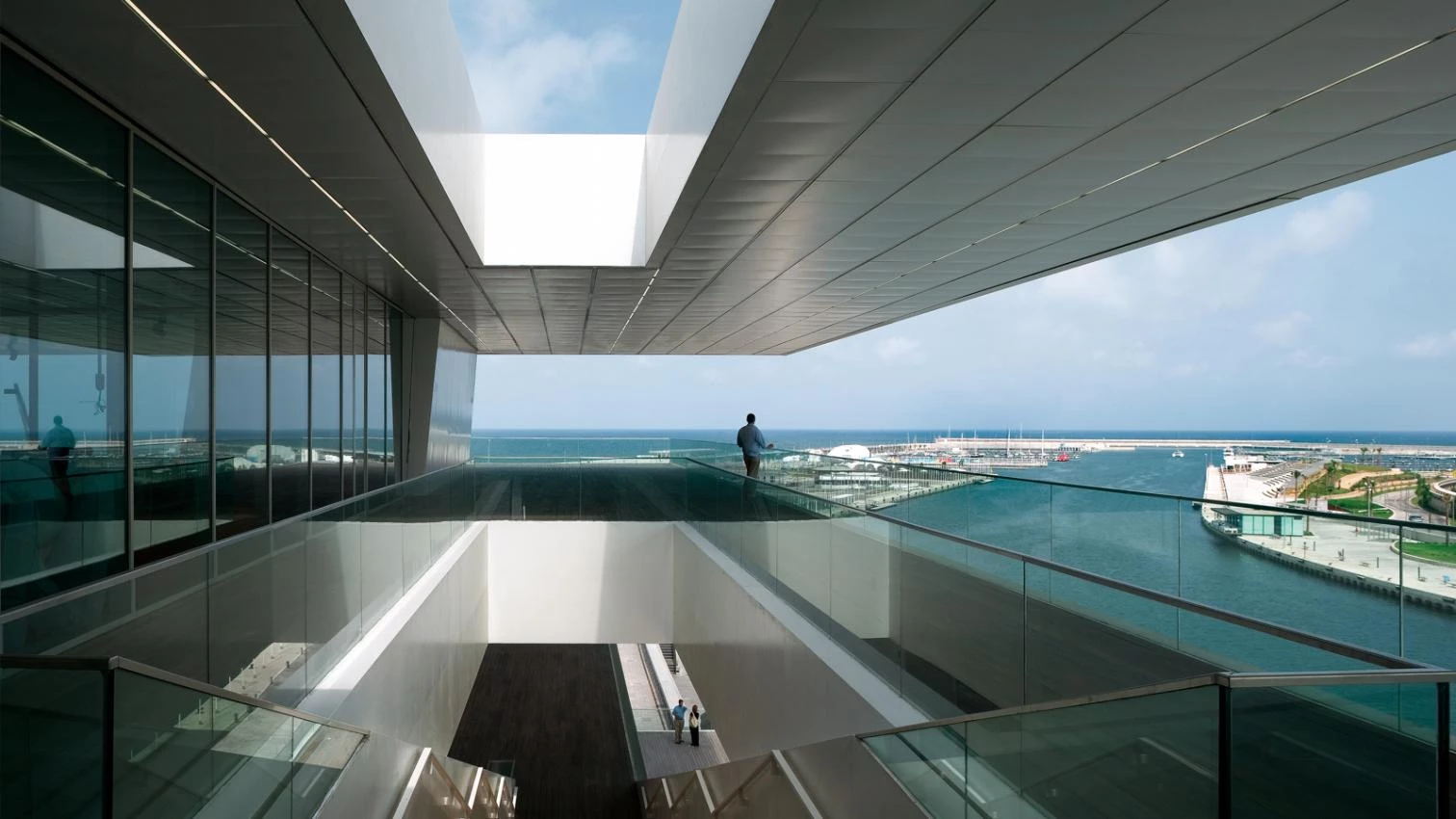From London to the World: Place and Permanence

Trapped half way down a stack of ancient magazines sitting on the floor of my study is a yellowing copy of Blueprint, the newsprint monthly a group of us started in London at the beginning of the 1980s in the belief that we were going to turn the world of design and architecture upside down. As is usually the case, this took the form of doing all that we could to trash the reputations of the previous generation of architects, and champion a new one, made up of our contemporaries. As they floated to the top of the professional tree, so did we. Now we wait for another generation of critics to do the same to us, or if we are quick enough, to find another generation of architects to champion ourselves.
This particular issue is 23 years old, and it features the portrait of an angelic looking David Chipperfield, posed in the foreground of the shop that he had just completed for Issey Miyake’s London outlet. Standing behind him is Ken Armstrong, in those days, his partner, then an equally promising young architect, now somewhat off the radar.
One of the aspects of Blueprint that I feel rather embarrassed about now is that we chose to signal our interest in making architecture accessible to those outside the professional ghetto by putting photographs of our architectural heroes on the cover. The idea was to put a face to the abstractions of architecture, even to offer a magazine that made eye contact with you on the newsstands. But of course there were never that many purchasers, and in so doing, we were making our own small contribution to the celebrity cult that is overwhelming us all. But I pretty soon found that there was some sort of curse overshadowing the operation. Partnerships which had appeared on Blueprint covers had an uncomfortable way of splitting up shortly afterward, just like the celebrity weddings pictured on the cover of ¡Hola! tended to end in divorce. Armstrong disappeared to Paris soon after the issue came out to build the Maison du Japon on his own, and Armstrong Chipperfield went the same way that other partnerships which starred briefly on our covers. But Chipperfield took longer to get a project to match the visibility of the Maison du Japon, which for a brief moment looked as if it was going to be the next Institut du Monde Arabe. The introduction to Miyake that the shop interior offered was to take him to Japan, where he was one of the early arrivals in the wave of Western architects sucked into the Tokyo of the Bubble Economy, much as Beijing and Dubai are attracting architects from all around the world today...





